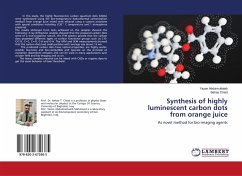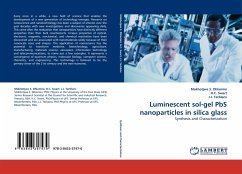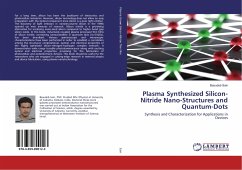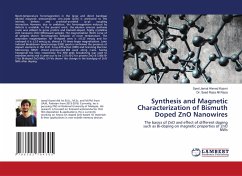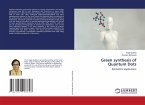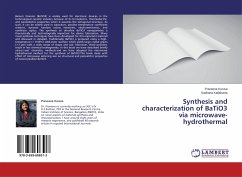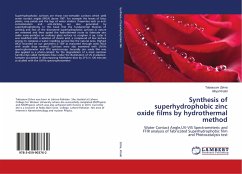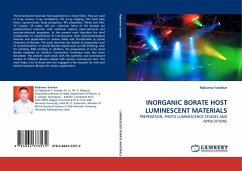In this study, the highly fluorescence carbon quantum dots (CQDs) were synthesized using the low-temperature hydrothermal carbonization method from orange juice mixed with ethanol using a custom autoclave with special conditions including (120 ° C temperature and 1 atmosphere pressure). The results obtained from tests achieved on the samples showed the following: X-ray diffraction analysis showed that the prepared carbon dots were of a non-crystalline nature, the FTIR spectra proved that the carbon dots possessed different types of surface functional groups such as C-O-C/C-O, C=C, C=O, C-H and O-H. The AFM and SEM measurements showed that the carbon dots had small particles with average size about 13 nm. The produced carbon dots have optical properties, are highly water-soluble, low-toxic and bio-compatible and operate on the principle of excitation dependent emission and can be used in many applications such as laser field and bio-imaging and so on. The heavy complex material can be mixed with CQDs or organic dyes to get the same behavior of laser threshold.
Bitte wählen Sie Ihr Anliegen aus.
Rechnungen
Retourenschein anfordern
Bestellstatus
Storno

